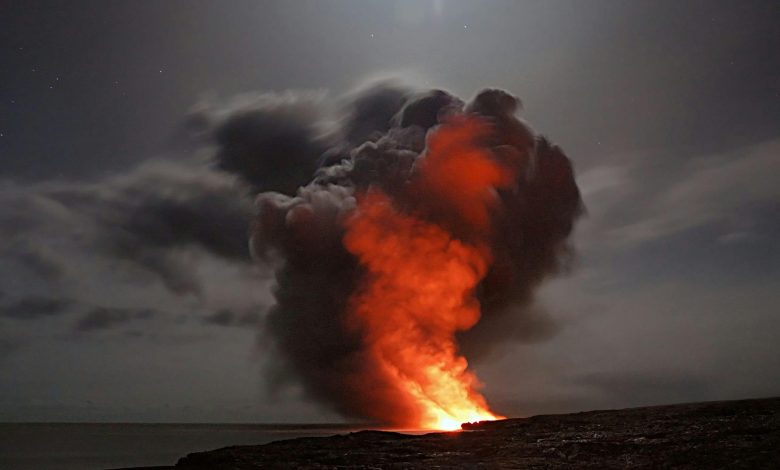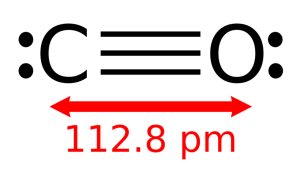The Dangers of Carbon Monoxide: An Invisible Air Pollutant

Each year, hundreds of people in India tragically lose their lives due to Carbon Monoxide (CO) poisoning – an invisible and silent killer.
CO is a colorless, odorless gas that is impossible to detect without specialized monitoring equipment.
Scarily, just a few breaths of air with elevated CO levels can prove fatal.
As one of the most hazardous air pollutants, CO poses a grave risk to human health and the environment.
This toxic gas is an unfortunate byproduct of many common combustion activities like operating vehicles, heating homes with fuels, and even cooking with wood, coal or gas stoves indoors.
While compact CO molecules may seem easy to overlook, the effects of CO poisoning should never be underestimated.
When inhaled, CO binds to hemoglobin in the blood much more readily than oxygen, depriving vital organs of the oxygen they need.
This can rapidly lead to brain damage, heart problems, and death if exposure is high enough.
Though unseen, the threat posed by this pernicious air pollutant is all too real, especially in densely populated areas with heavy combustion activity.
Raising awareness, improving ventilation, and mandating CO detectors are crucial to reducing the shocking annual death toll from accidental CO poisoning incidents in India. Learn more about preventative measures to safeguard your health against this deadly invisible menace.
What is Carbon Monoxide?
Carbon Monoxide (CO) is a poisonous gas that is colorless, odorless, and tasteless, making it impossible for humans to detect without special equipment.
It is produced whenever a carbon-based fuel is burned incompletely, resulting in partial oxidation of the carbon.
The major sources of Carbon Monoxide include:
Any location where fossil fuels are being burned, such as industrial plants and construction sites, poses a potential Carbon Monoxide risk if incomplete combustion occurs.
This invisible gas can rapidly accumulate to dangerous levels without any odor or visual warning signs.
Health and Environmental Impacts of Carbon Monoxide
Carbon Monoxide(CO) is a dangerous pollutant that impacts the human body as well as the environment differently with both short term and long term impacts.
Effects of CO On the Human Body When Inhaled
Carbon Monoxide is extremely dangerous for humans because of how it affects the body’s ability to get oxygen.
When Carbon Monoxide is inhaled, it bonds much more readily than oxygen to the hemoglobin molecules in our red blood cells.
Hemoglobin is responsible for carrying oxygen through the bloodstream to all the organs and tissues in our bodies.
When CO binds with hemoglobin, it forms carboxyhemoglobin, which cannot bind with oxygen.
As more CO is inhaled, it replaces oxygen bound to hemoglobin and deprives the body of the oxygen it needs to function properly.
At higher levels, Carbon Monoxide poisoning can cause loss of consciousness, brain damage and death due to a complete lack of oxygen.
Carbon Monoxide poisoning is extremely dangerous because there are no physical warning signs.
The victim simply becomes dizzy and fatigued before potentially losing consciousness, all without any smell or irritation.
Short-Term Impacts of CO exposure:
Long-Term Impacts of CO exposure:
Symptoms of CO Poisoning
The symptoms vary based on the severity of CO poisoning.
If very little CO was inhaled (mild exposure) common symptoms include Headache, Dizziness, Nausea, Fatigue, shortness of breath among others.
If CO exposure was moderate, you could experience severe headache, vomiting, confusion, chest pain, coordination and vision problems.
On the other hand, in case of severe poisoning the victim could experience convulsions, become unconscious, and get brain damage, heart attack, respiratory failure and death.
Victims of CO exposure may become disoriented and hence might not be capable of rescuing themselves and feel the need to get to fresh air.
If somebody has / is experiencing the above symptoms, it’s crucial to immediately move away to get some fresh air and contact emergency services.
Precautions to avoid CO poisoning
1. Install detectors
-
Place CO alarms on every floor and near bedrooms.
-
Test monthly, replace batteries yearly, and swap units every 5–7 years.
2. Maintain appliances
-
Have furnaces, water heaters, fireplaces, and chimneys inspected annually.
-
Only use licensed professionals for installation and repair.
3. Keep airflow clear
-
Never block vents or flues.
-
Make sure chimneys and exhaust pipes are free of debris, snow, or bird nests.
4. Use generators safely
-
Always outdoors, at least 20 feet from doors and windows.
-
Never in garages, basements, or enclosed spaces.
5. Vehicles and tools
-
Don’t idle cars in garages, even with doors open.
-
Keep gas-powered tools outside, not in sheds or enclosed porches.
6. Everyday awareness
-
Don’t use charcoal grills or camping stoves indoors.
-
Know the symptoms: headache, dizziness, nausea, confusion. If alarms sound or symptoms appear, get outside fast and call emergency services.
Environmental Impacts Of CO
Carbon Monoxide is an air pollutant and has significant impacts on the environment.
Some of the impacts include:
Short term and long term impacts of CO on the environment
Short-Term:
Long-Term:
While odorless and invisible, the dangers of Carbon Monoxide as an air pollutant is something to be concerned about.
From immediate health risks like poisoning to long-term impacts on the environment, curtailing CO emissions needs to be a priority.
We’ve made progress through vehicle emission standards and air quality monitoring, but a lot more can be done.
Individuals can help by ensuring proper ventilation, maintaining fuel-burning appliances, installing CO detectors, and being aware of warning signs.
Communities and the state should promote public awareness, enact stricter regulations, and invest in clean energy sources.





